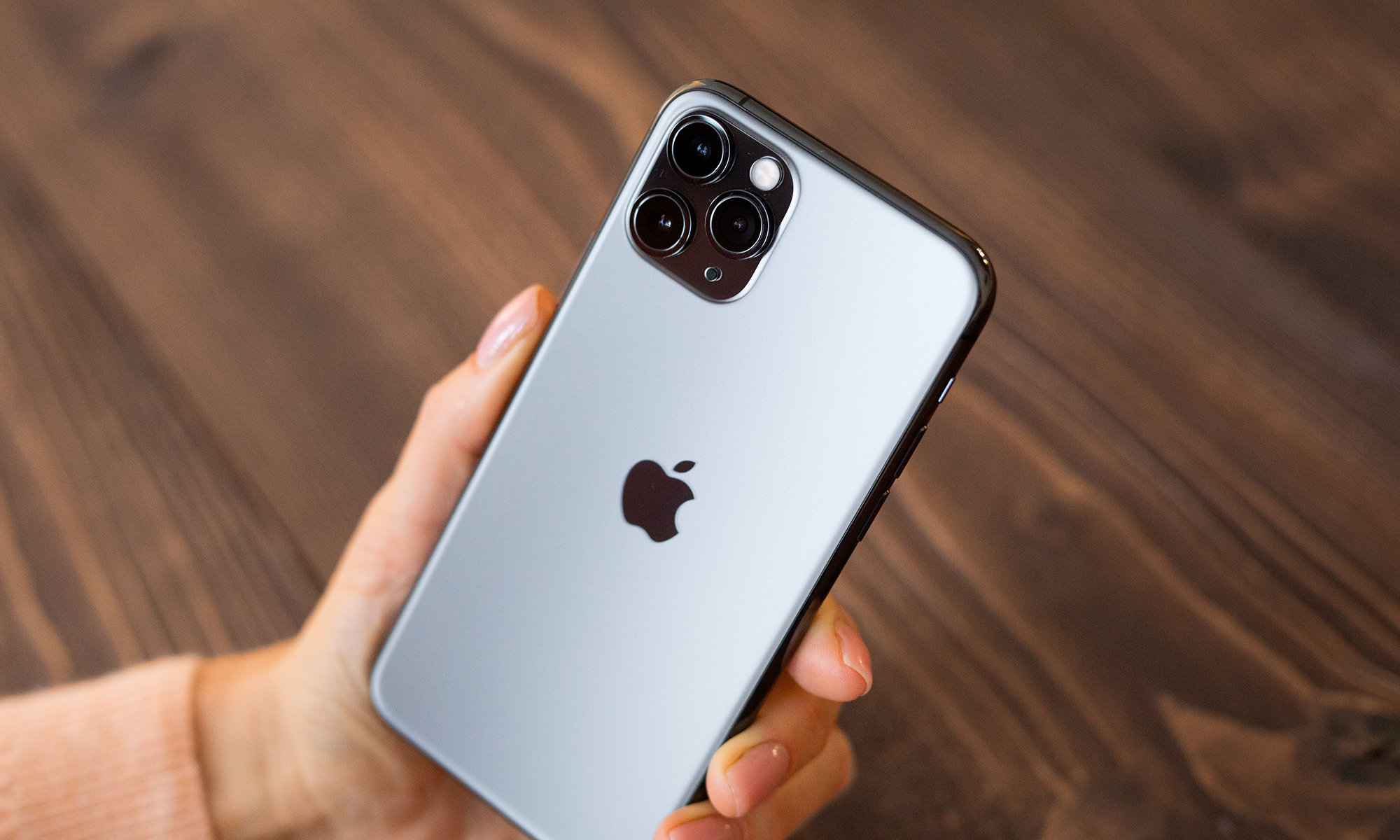
Source: Huawei.
While Xiaomi tends to receive the majority of press when Chinese smartphone makers are discussed, it's not the fastest-growing smartphone maker. That designation goes to its homegrown competitor Huawei, which outperformed all major vendors in Gartner's second-quarter survey in terms of year-over-year growth by shipping 46% more units than in 2014's corresponding quarter.
Unlike many Chinese vendors that employ a low-end strategy, a few years ago Huawei decided to transition to higher-cost units with more features and quality. This ended up being a great strategy as Reuters reported the company recorded first-half revenues up 124% in its home market. The company is going from strength from strength as it is also slated to be the manufacturer for Google's next Nexus unit.
For Apple's (AAPL 0.27%) next iPhone unit, the iPhone 6s, the key differentiating feature is rumored to be Force Touch technology. And that makes sense: Apple currently has the feature in its Apple Watch and some versions of it in its Macbooks. But it won't be the first smartphone to market with the technology because Huawei is beating Apple to the punch.
Meet the Mate S
On Wednesday, Huawei unveiled its newest flagship phone: the Mate S. And by all accounts the device seems solid: The unit boasts a 1080p screen with Gorilla Glass, 13-megapixel rear-facing/8-megapixel front camera, 3GB RAM, and a rear-facing fingerprint sensor. However, the aforementioned Force Touch technology was the real selling point, and the company took a dig at Apple and displayed the technology's potential by using the Mate S's Force Touch weighing function: that item was an orange.
According to tech website The Verge, the Mate S will come to more than 30 countries including its home country of China, the European markets of France and Germany, and the UAE. According to the press release, the company will begin taking preorders in Western Europe on Sept. 15. Apple's widely expected to announce the newest iteration of its iPhone on Sept. 9, with the phone typically going on preorder a few weeks after the event.
An iPhone killer this is not, but what does this mean for the Nexus?
Before we label this unit the next "iPhone killer" -- and add it to the list of devices that have earned this possibly cursed title -- there's one big problem with the Mate S: cost. According to The Verge, the 32GB model will come with a price point of 649 euros (or $730), while the smaller, entry-level iPhone 6 currently costs 699 euros ($784) and the newer model should have similar pricing. And while it should be noted you're getting a larger screen and more storage at the entry level with Huawei's unit, Apple's brand value should outweigh these factors, even at the higher price point.
Perhaps Huawei can market this area in geographies where Apple's iPhone isn't as popular, but there's probably a reason as to why Apple's high-end phones are not popular in certain countries: cost. Personally, I like Huawei's renewed focus and transition to high-end models, but I don't think this particular unit will be the game changer many are looking for. What this does signify, however, is the fact Huawei does have Force Touch -- and it will be interesting to see if this technology makes it into Google's next Nexus model.








